While anchored to a small cove while fishing with her dad, a monarch butterfly landed on the shoulder of NC Librarian Cheri Price. She held still as the butterfly rested for a bit, while over 20 other butterflies fluttered their wings nearby. Growing up, this was not an uncommon experience for her while being out on the lake.
“Now you don’t see [monarch butterflies] anymore, and it’s just really sad to me,” Price said. “They’re such beautiful, amazing little creatures. Seeing the large number of monarchs migrating south was really a spectacle, but that was 25 years ago and their numbers have greatly declined. They are in dire need of our help.”
Since 1996, the monarch butterfly population has fallen by 84%, Price said. This year alone, the endangered insects saw a 60% decrease in numbers. Pesticide and chemical use on plants is a major contributor. As a result, inspired by a neighbor and her own passion for nature, Price has been maintaining a native pollinator garden in her own yard. Fifteen years ago, she started raising monarch butterflies, which feed off of the milkweed in her garden. For the first time, she brought this project to the NC library this year.
“It’s just the most amazing process when they come out as this gorgeous butterfly,” Price said. “I’m just hoping to inspire other people to start planting milkweed and helping future generations. If students convince their parents to even dedicate part of their yard to native and pollinator plants, I think really great change will happen. They’re in trouble, so I’m trying to do anything I can to help. It’s amazing what you can do with just a little bit of space.”
The first generation of butterflies is raised in May, while the last generation embarks on their migratory journey to Mexico in late September and early October. Currently waiting for the last of the butterflies to fully mature, Price has raised between 50 and 60 butterflies in this final generation, but over the years the total number is in the thousands.
“The idea is to give them a place where they have food and where they can lay their eggs so that future generations can hatch,” Price said. “I got the idea to bring them into the library to get people excited about it. It’s really astounding to me how much my butterflies have inspired people, and I think I’m just overwhelmed by the number of people who are interested. I’m really happy that people are taking notice.”
Monarch butterflies rely on milkweed as a food source during the caterpillar stage, and a place to lay eggs for the adult butterflies, Price said. Milkweed is a major plant in her own garden. To meet this need at LT, Price, with the help of student volunteers in the Pollinator Club and Interact Club, has been growing and harvesting milkweed from the pollinator garden located on the east side of the NC main building.
“The biggest challenge that I have experienced in my own garden is having enough milkweed at the end of summer,” Price said. “I have never run out of leaves used to feed the growing caterpillars, but I have also worked every year to add more to my garden. I am hoping that the staff and students at LT will find some inspiration to plant some milkweed this coming spring.”
NC pollinator garden founder and sponsor of Pollinator Club Patrick Page is intent on supporting Price’s cause.
“If everyone planted native plants in their own yard, you could bring back the diversity of bugs and birds we used to have here,” Page said. “If everyone in their own yard planted milkweed, we could bring back monarch butterfly populations. Our goal is to do that at LT. Two reasons monarch populations are crashing are the lack of milkweed and habitat. So we have it planted outside.”
In an egg for 10 days, a caterpillar for another 10 days, and in a chrysalis for the last 10 days, monarch butterflies fully mature after a 30 day process. During this time period, the butterflies are vulnerable to predators such as wasps and birds, so they are raised in a net before being released.
“I’ve only seen the release once, but it was really neat to watch,” Page said. “I’ve learned a lot from Ms. Price. The goal in doing the garden is to show people the difference they can make. We don’t live in a separate world from nature. We’re all part of it, and we need to take care of it.”
A couple of years ago, Page saw seven or eight butterflies at once, while this year, he has experienced only two at the same time in the pollinator garden. Price, recalling her childhood, hopes to reverse this damage to the butterfly populations.
“I remember when I lived in Florida, during the migration they were everywhere this time of year as they made their way back to Mexico to overwinter,” Price said. “The more you learn about the plight of these creatures because of the practices that people have used in their yards, the more you learn about the little things that you can do to help turn that back around.”



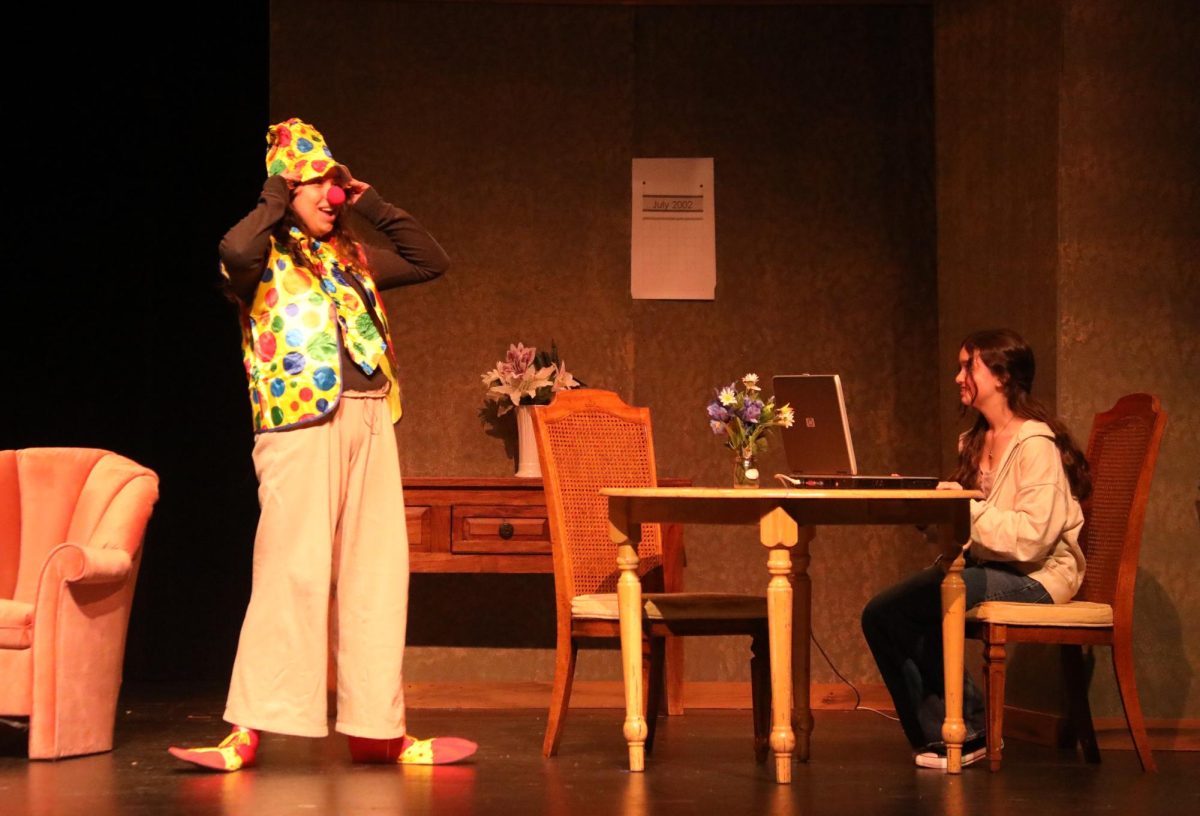
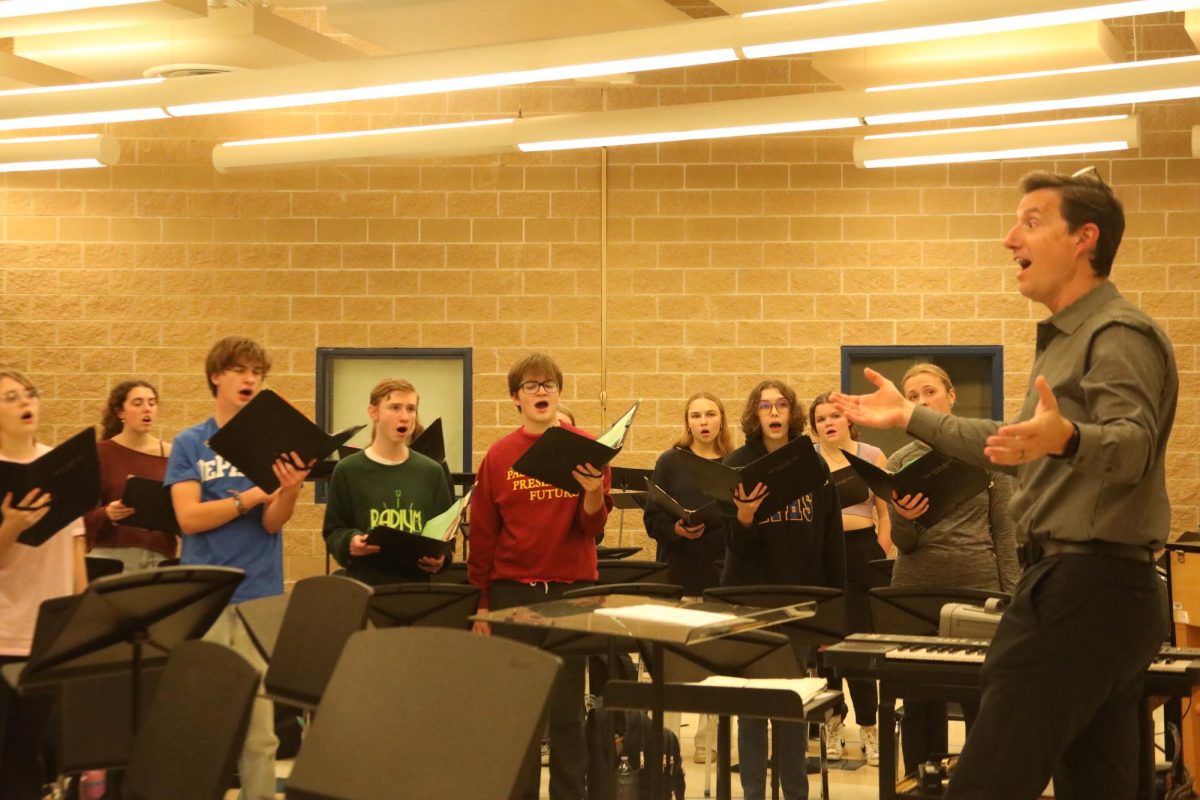


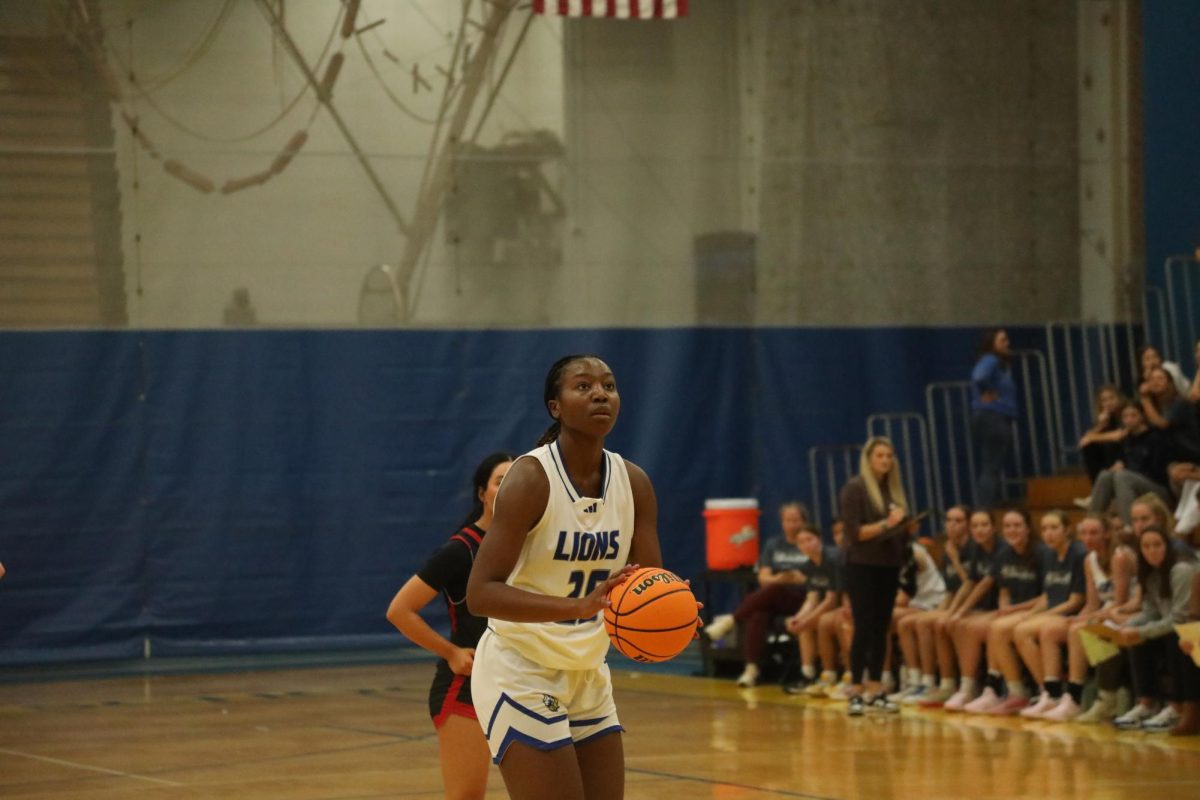
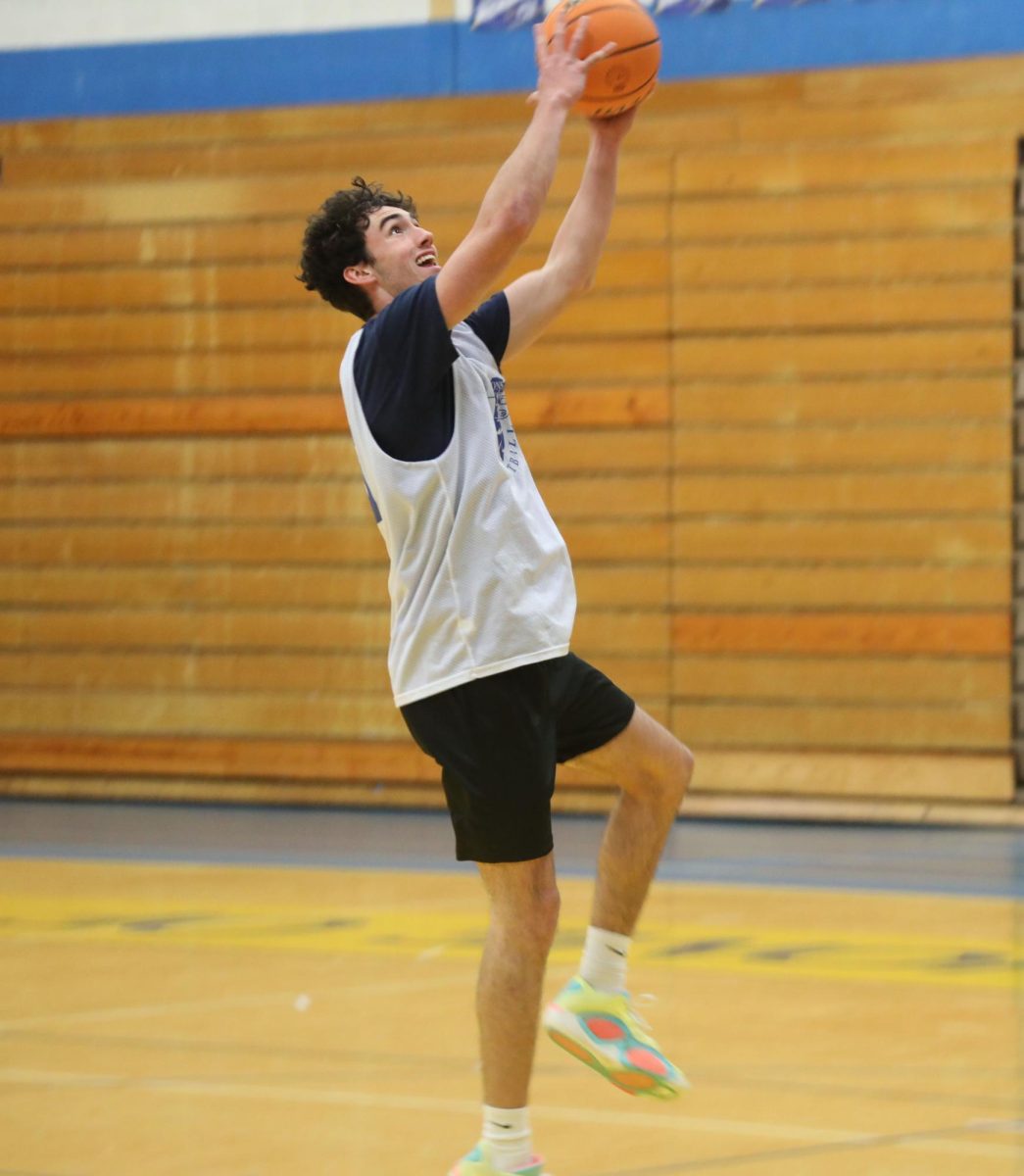


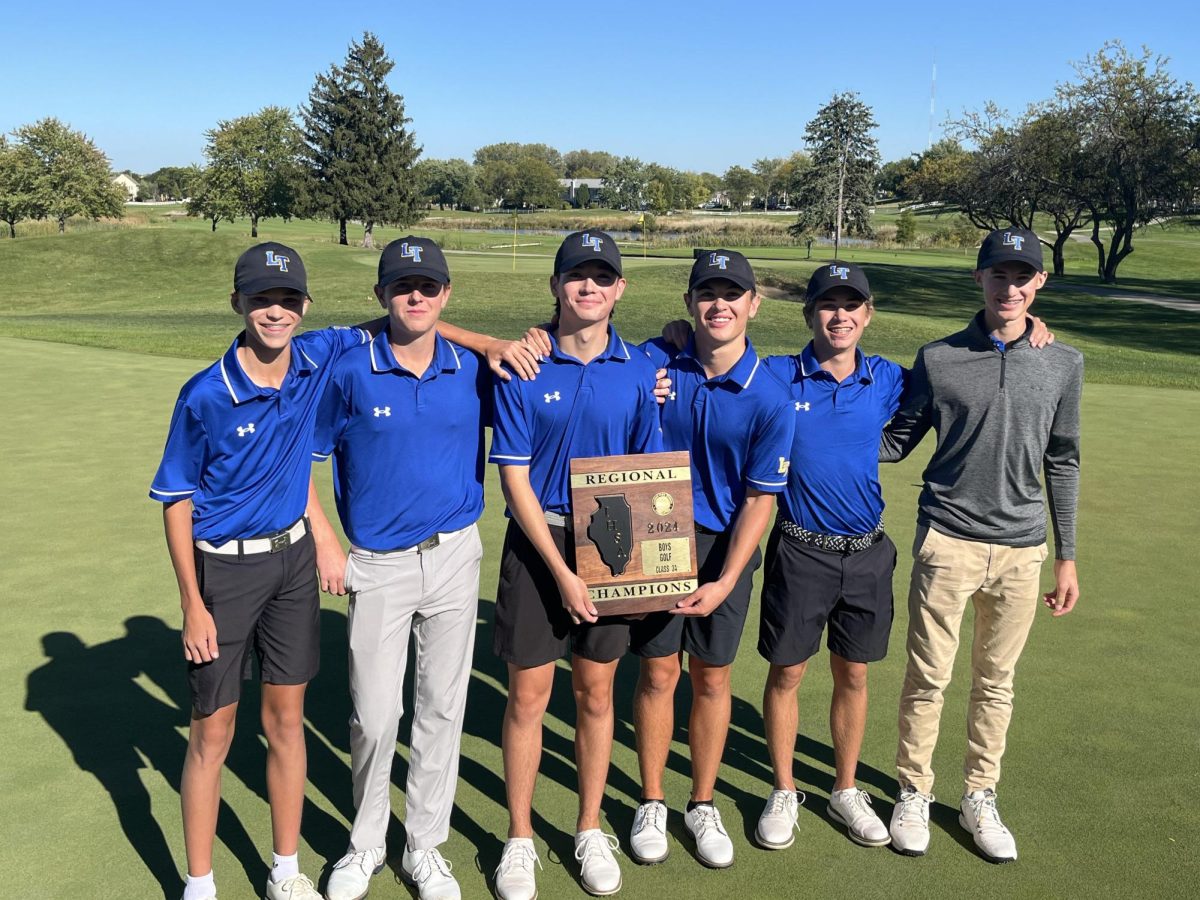

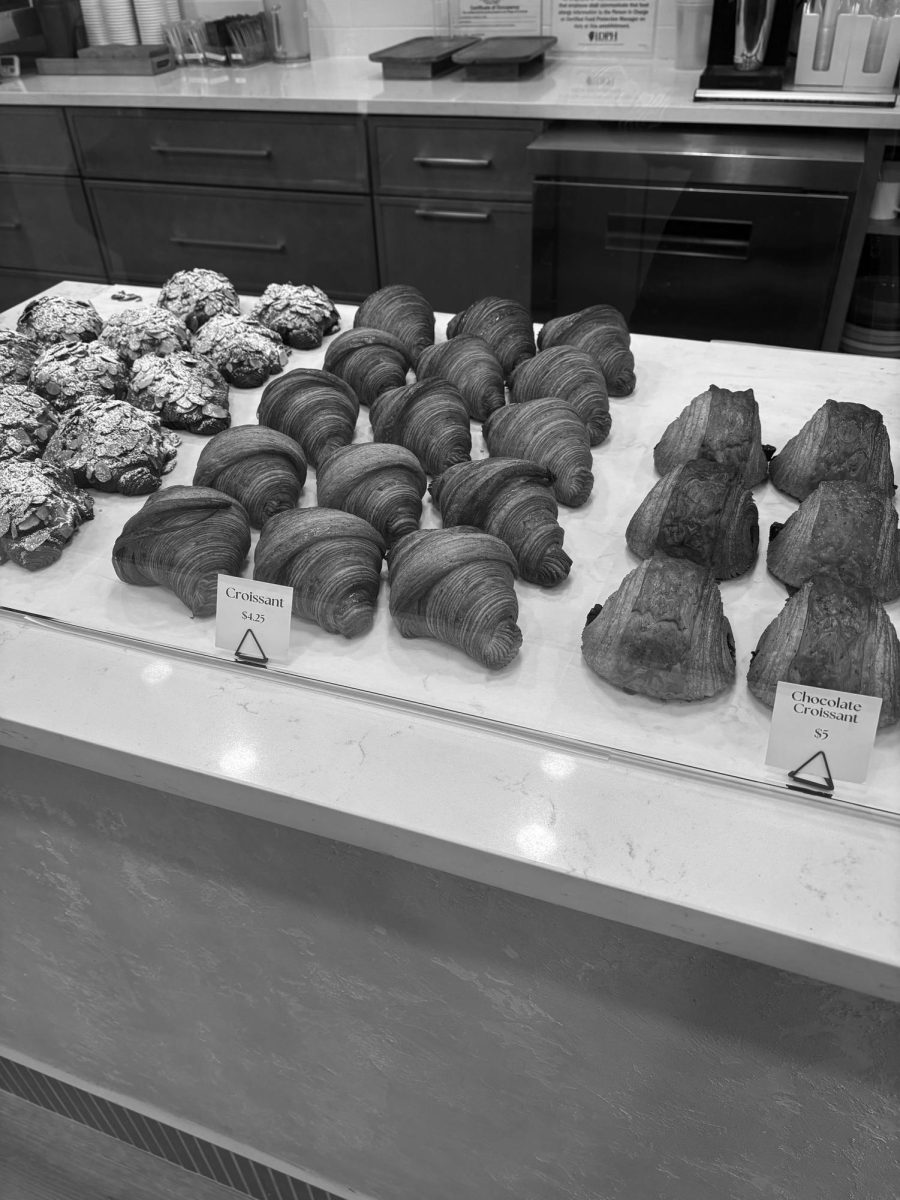


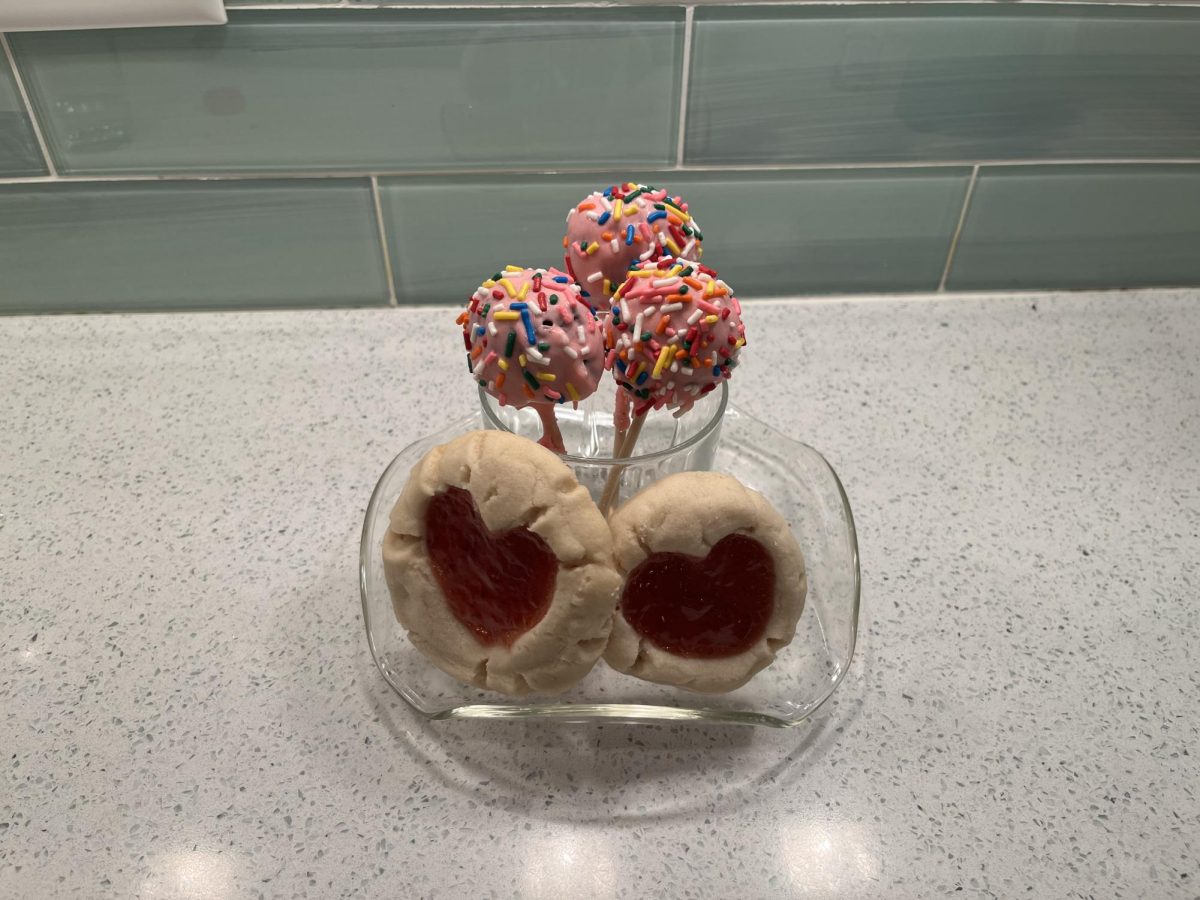

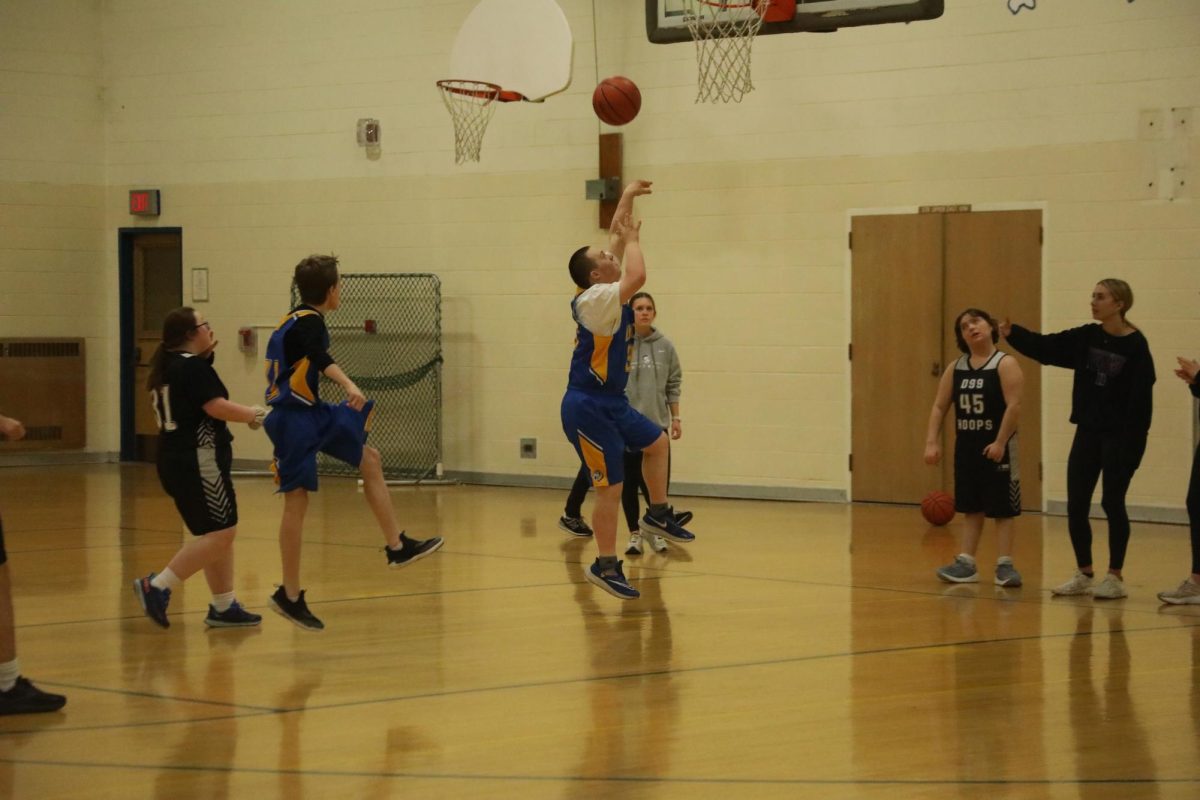
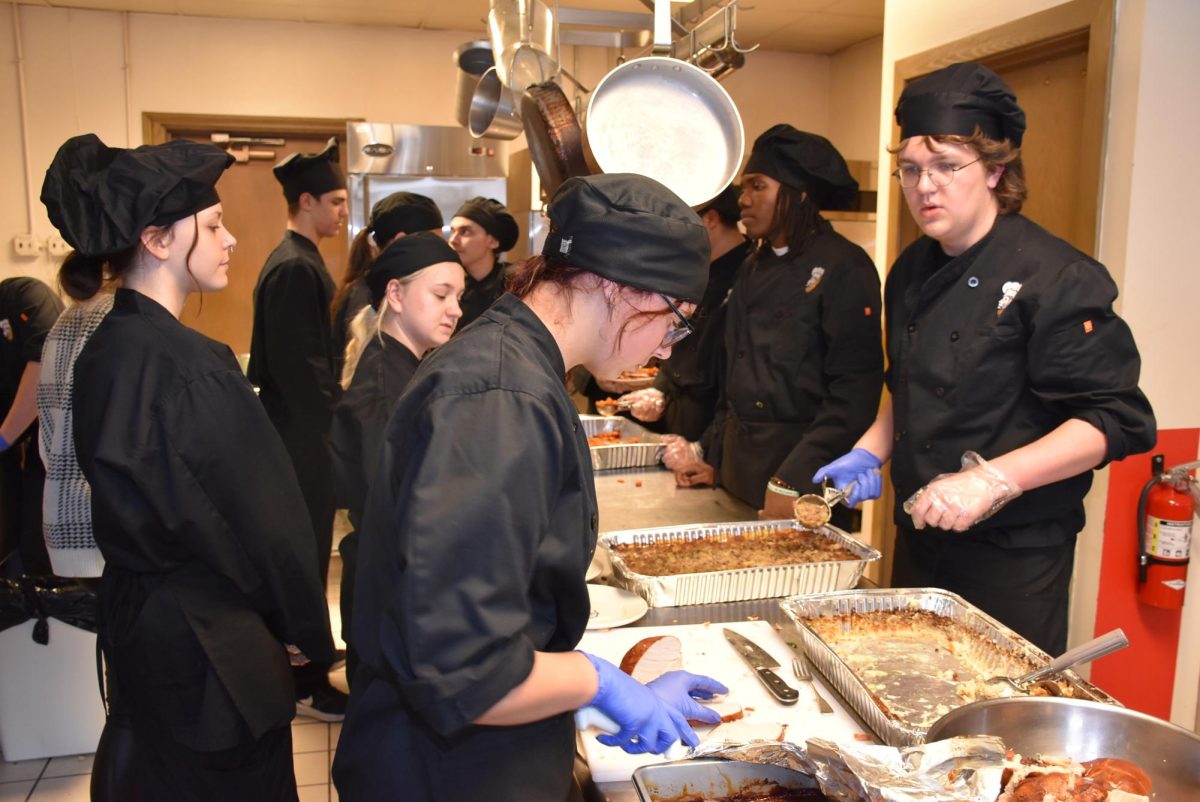


![Movie poster for '[Rec]" (2007).](https://www.lionnewspaper.com/wp-content/uploads/2023/04/rec-640x900.jpg)

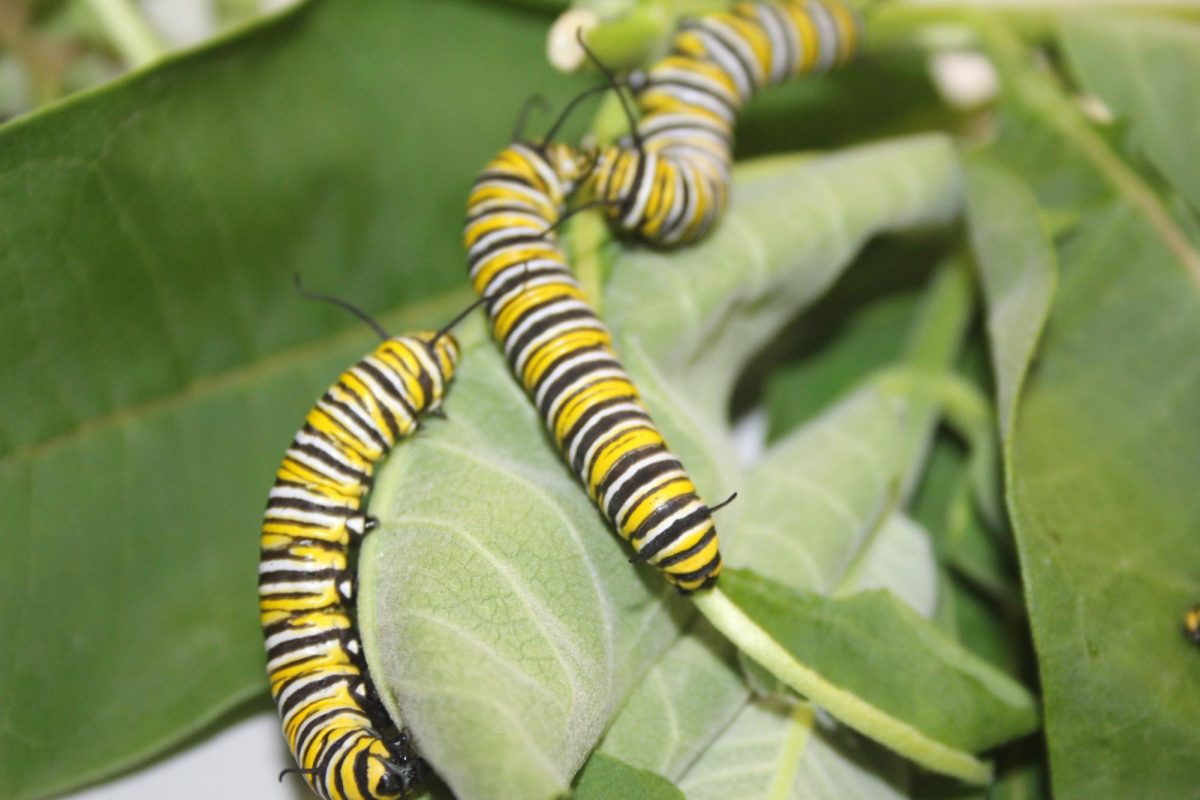


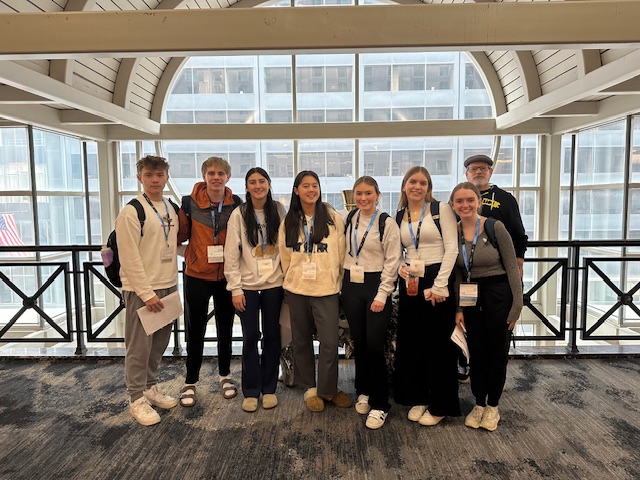
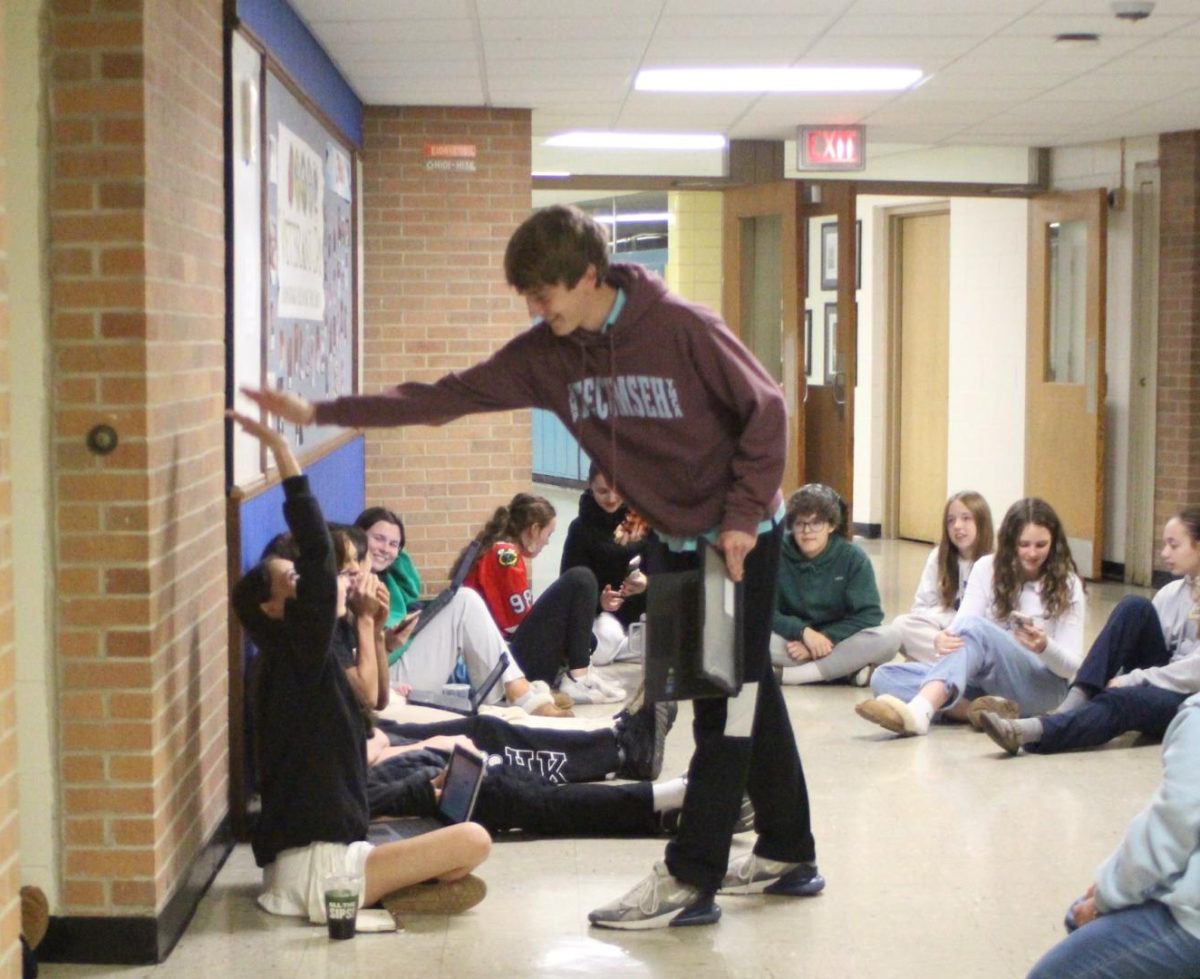

Jeanne C Price • Oct 8, 2024 at 6:57 pm
This is amazing and thank you so much for your effort and hard work! Your yard looks amazing with all of the butterflies!
Jeanne Price